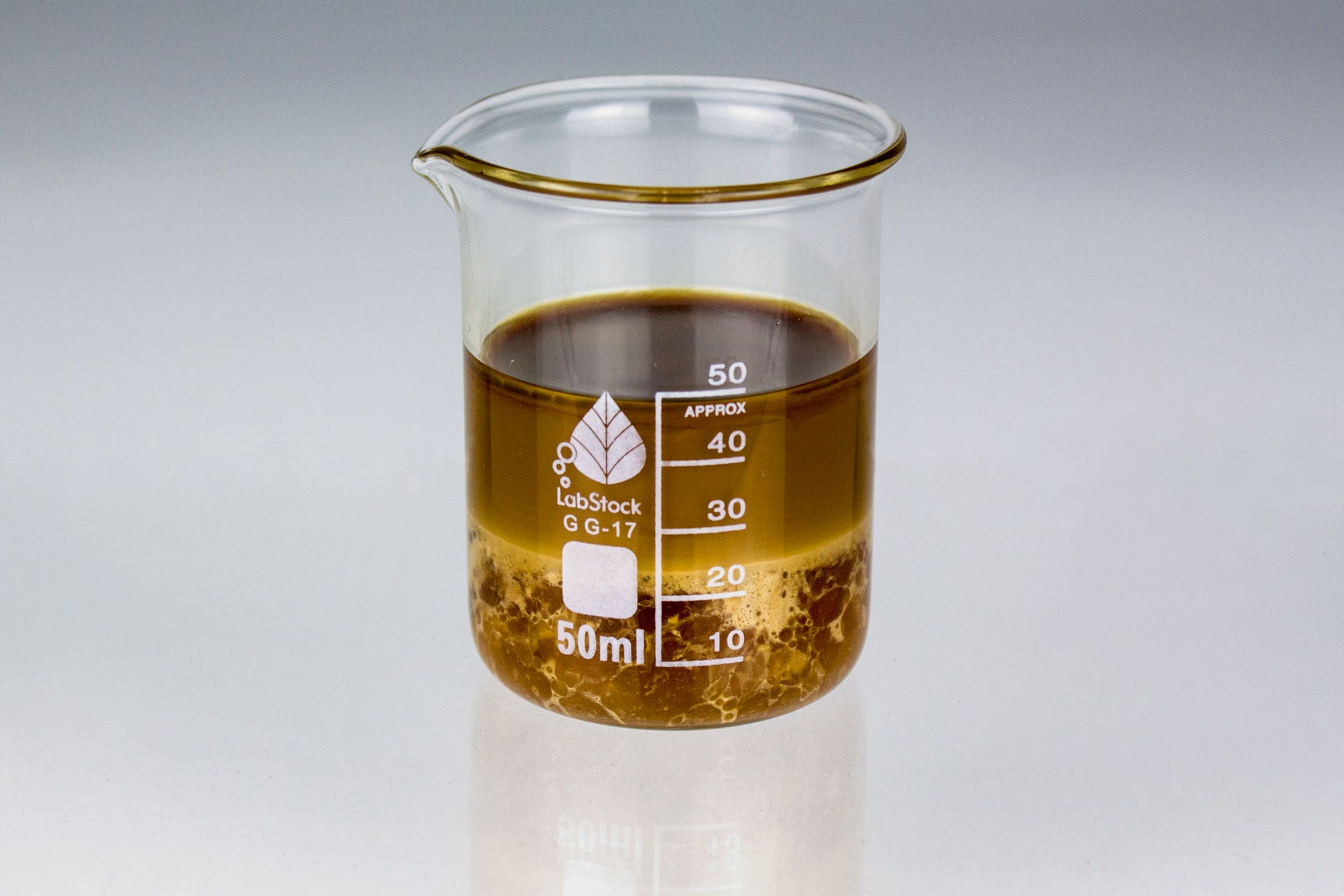
Protecting Your V8 Killer - Catch Can R&D, Part 2: Production
Gasoline direct injection (GDI) has existed for over 100 years. Since its introduction into the automotive industry in the early 1950's, GDI has had an off-and-on relationship with cars and trucks. Today, it looks like GDI is here to stay. With more and more manufacturers including GDI across their entire fleet of vehicles, we've seen massive strides in vehicle performance and efficiency. Combine those improvements in GDI with the increasing popularity of turbocharging and we're living in a time where small four- and six-cylinder engines are making more power than their eight-cylinder ancestors, all while using less fuel than some of the smallest engines of the past 50 years.
No technology is without its downfalls, however. GDI has come a long way in 50 years, with most of that innovation coming in the last 20 years. Like all technology, the exponential rate of advancement in GDI means that even the latest vehicles will soon be behind the times. If you don't trade in your car or truck at the same rate you trade in your cell phone, you're probably dealing with issues of the past.
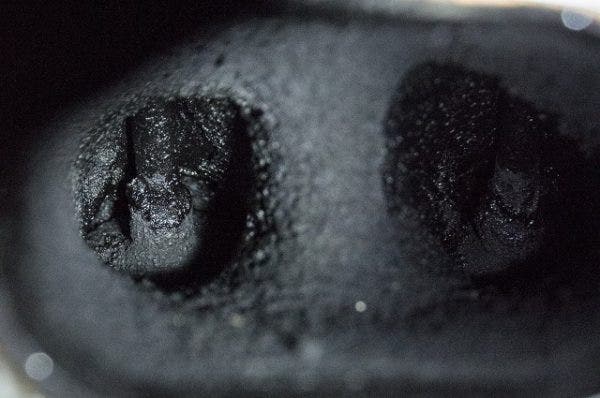
Blow-by and carbon buildup are two of those potential issues. In the most recent variants of the 3.5L EcoBoost engines, Ford has included dual-injection as a preventative measure, but the 2011-2014 is stuck with plain old GDI. Unless you plan on swapping intake manifolds, fuel systems, computers, and a plethora of other components, your 2011-2014 3.5L EcoBoost is stuck with the iPhone 4s of the GDI world. Of course, Mishimoto has a plan to help.
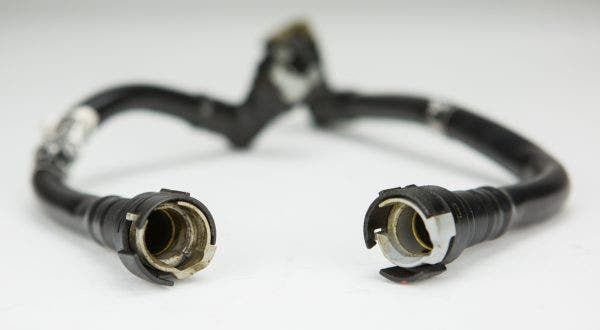
A close-up on the CCV, left, and PCV lines from our loaner F-150EB. This is a clear indication of the kind of contaminated air that makes its way back to your intake.
When we last saw our 2011-2014 Ford F-150 3.5L EcoBoost catch can kit, we were still a few steps away from having a functioning product. The first step, examining the stock CCV system, was complete. The next step was to find a mounting location. Our experience with the 2015-2016 3.5L EcoBoost informed us that we would likely need a dual-can setup. One can would capture blow-by from the PCV side and the other would protect the CCV side. Two cans mean two brackets, so the project engineer scoured the engine bay for two locations with easy access to the CCV system that would be sturdy enough to hold our catch cans.
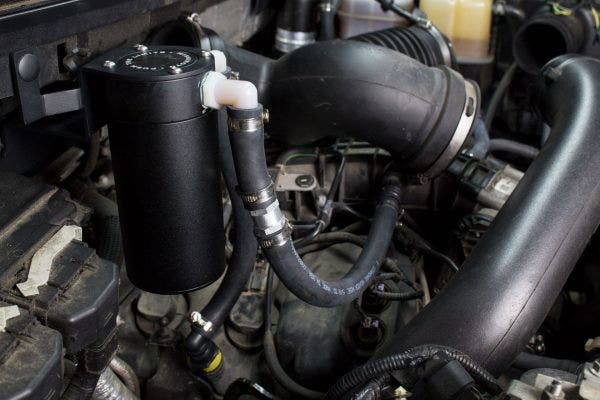
Lucky for us, Ford provided two sets of open studs on either side of the engine. The engineer quickly designed and bent two prototype brackets, and in no time the cans were mounted. Our experience with the 2015-2016 3.5L also led us to believe that we would be needing a lot of room for blow-by. We opted to use our newly-designed 12 fl oz catch can for the PCV side. With both cans mounted, we could route prototype lines and begin the next step of the process: testing.
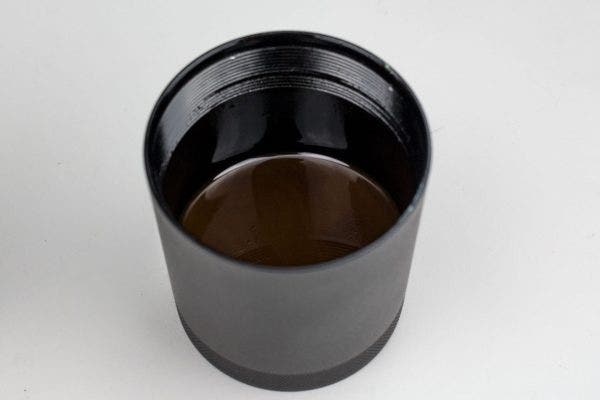
1,000 miles later, we brought our test vehicle back in to check the contents of both catch cans, and it's good that we did. Unsurprisingly, the PCV side of the system had collected a fair amount of blow-by. Pulling the CCV side revealed an unpleasant surprise. The blow-by had risen above the baffle and was nearing the outlet of the can. It wasn't as much blow-by as the PCV side, but it was certainly more than our 3 fl oz can could handle. For our next round of testing, we swapped out the 3 fl oz bottom for our 7.5 fl oz bottom developed for the Titan XD. We sent our test vehicle out one more time with the larger can, this time for 3,000 miles. In the meantime, we finalized the hoses, knowing that our cans were doing their job.
About two months later, we brought the test vehicle back in to empty the cans once more. To our relief, neither can was overflowing. But, what we pulled out of the PCV side was just as unsettling. Fair warning: the following is not for the faint of heart.
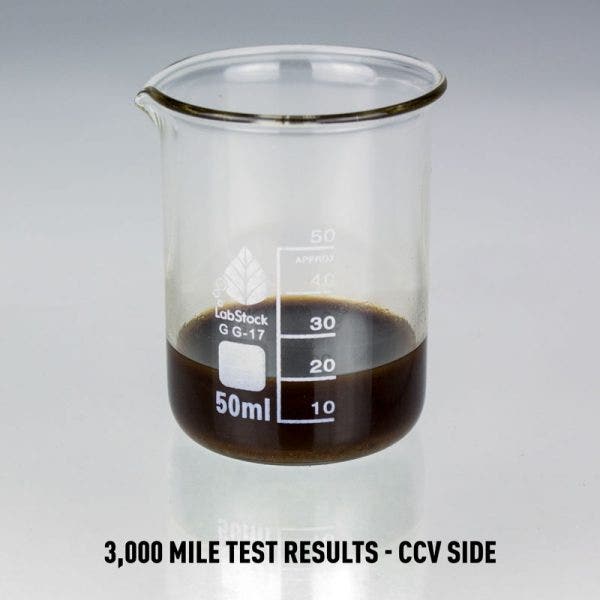
I think we can call that proof-positive of our catch cans working. With testing complete, we can send this kit into production. If you've followed any of our other blogs, you probably know that this means it's time for the discounted pre-sale. Feel free to check out the website for more details and, as always, let us know if you have any questions!
Thanks for reading,
-Steve




